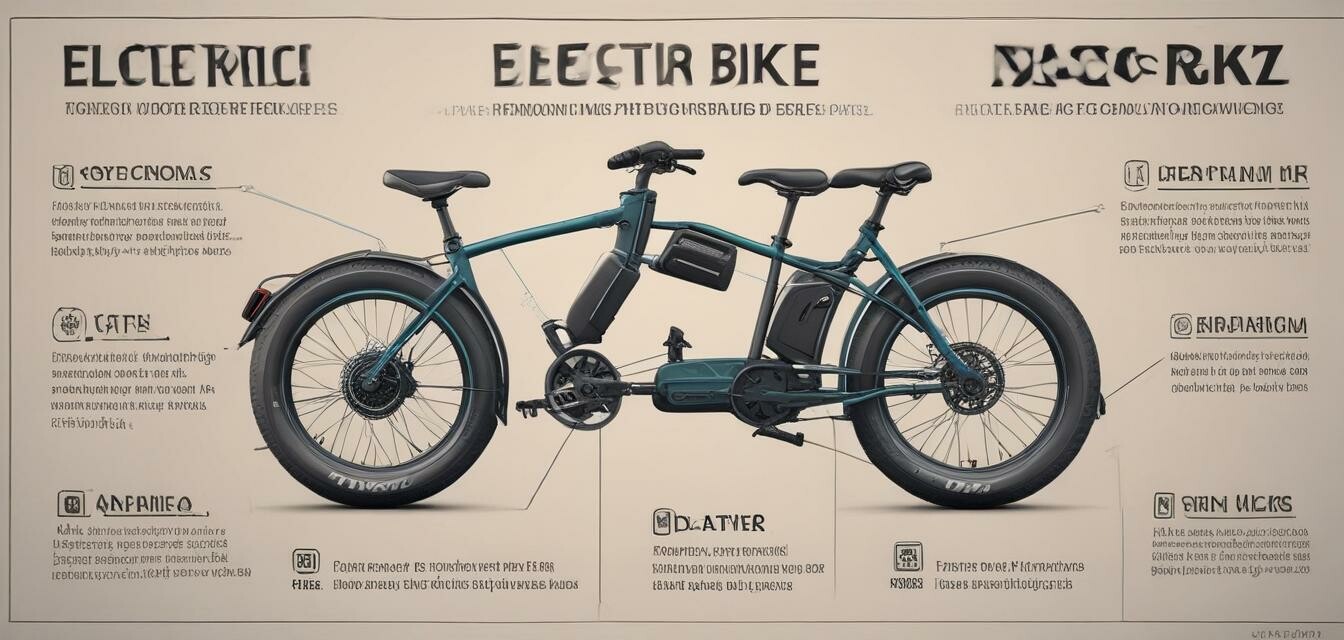
Understanding Electric Bike Pricing: What to Expect
Key Takeaways
- Electric bike prices range significantly based on features and specs.
- Three main factors affect pricing: motor type, battery capacity, and build quality.
- Research and compare options to find the best fit for your needs.
- Consider additional costs such as accessories and maintenance.
Electric bikes, or e-bikes, have become increasingly popular among urban cyclists. With their convenience and efficiency, they offer a wonderful blend of traditional cycling and modern technology. However, navigating the pricing landscape can be challenging. This guide will help you understand the factors that influence electric bike prices, enabling you to make informed purchasing decisions that fit your budget and cycling requirements.
Factors Influencing Electric Bike Pricing
When it comes to electric bike pricing, several key factors come into play. Understanding these can help you choose the right e-bike for your needs and budget.
| Factor | Description | Impact on Pricing |
|---|---|---|
| Motor Type | The type of motor affects performance and efficiency. | Higher quality motors typically increase the overall price. |
| Battery Capacity | A larger battery allows for longer rides and quicker charging. | Bikes with higher capacity batteries are priced higher. |
| Build Quality | Frame materials and construction impact durability. | More durable frames often mean higher costs. |
| Brand | Established brands may have higher pricing due to reputation. | Brand recognition can lead to higher or lower prices depending on the brand's market position. |
Price Ranges for Electric Bikes
Understanding the general price ranges of electric bikes can also help in your decision-making process. Here’s a breakdown of expected prices across several categories:
| Category | Price Range |
|---|---|
| Entry-Level E-Bikes | €500 - €850 |
| Mid-Range E-Bikes | €850 - €1500 |
| High-End E-Bikes | €1500 - €3000+ |
Understanding Additional Costs
When budgeting for an electric bike, it’s crucial to consider more than just the upfront price. Additional costs can significantly influence your total spending. Here are some common additional expenses:
- Accessories: Helmets, locks, and lights can add up quickly.
- Maintenance: Regular maintenance is vital for keeping your e-bike in top condition.
- Insurance: Depending on the price of your bike, insurance might be worth considering.
Tips for Choosing the Right Electric Bike
Beginner’s Section
- Start with a budget - Knowing your limit will help narrow choices.
- Test ride different models - Comfort is crucial in choosing the right fit.
- Research options - Compare specifications and prices online.
- Look for deals or discounts - Timing your purchase can lead to savings.
Conclusion
In conclusion, understanding electric bike pricing involves looking at various factors such as motor type, battery capacity, and build quality. By familiarizing yourself with these aspects, you can make a better-informed decision. Remember to take into account not just the purchase price of the e-bike, but also additional costs that come with ownership. For more insights on electric bikes, feel free to explore our Buying Guides section for detailed tips on selecting the right bike for your urban cycling needs.
Pros
- Supplemental mobility for urban travel.
- Environmentally friendly transport option.
- Less physical strain while commuting.
- Offers a variety of styles to fit personal needs.
Cons
- Initial high cost for a quality bike.
- Maintenance costs for electrical components.
- May require more storage space.
- Potential for theft if not secured properly.